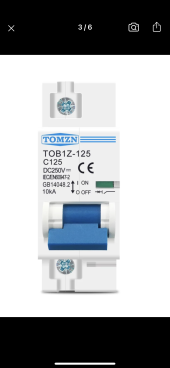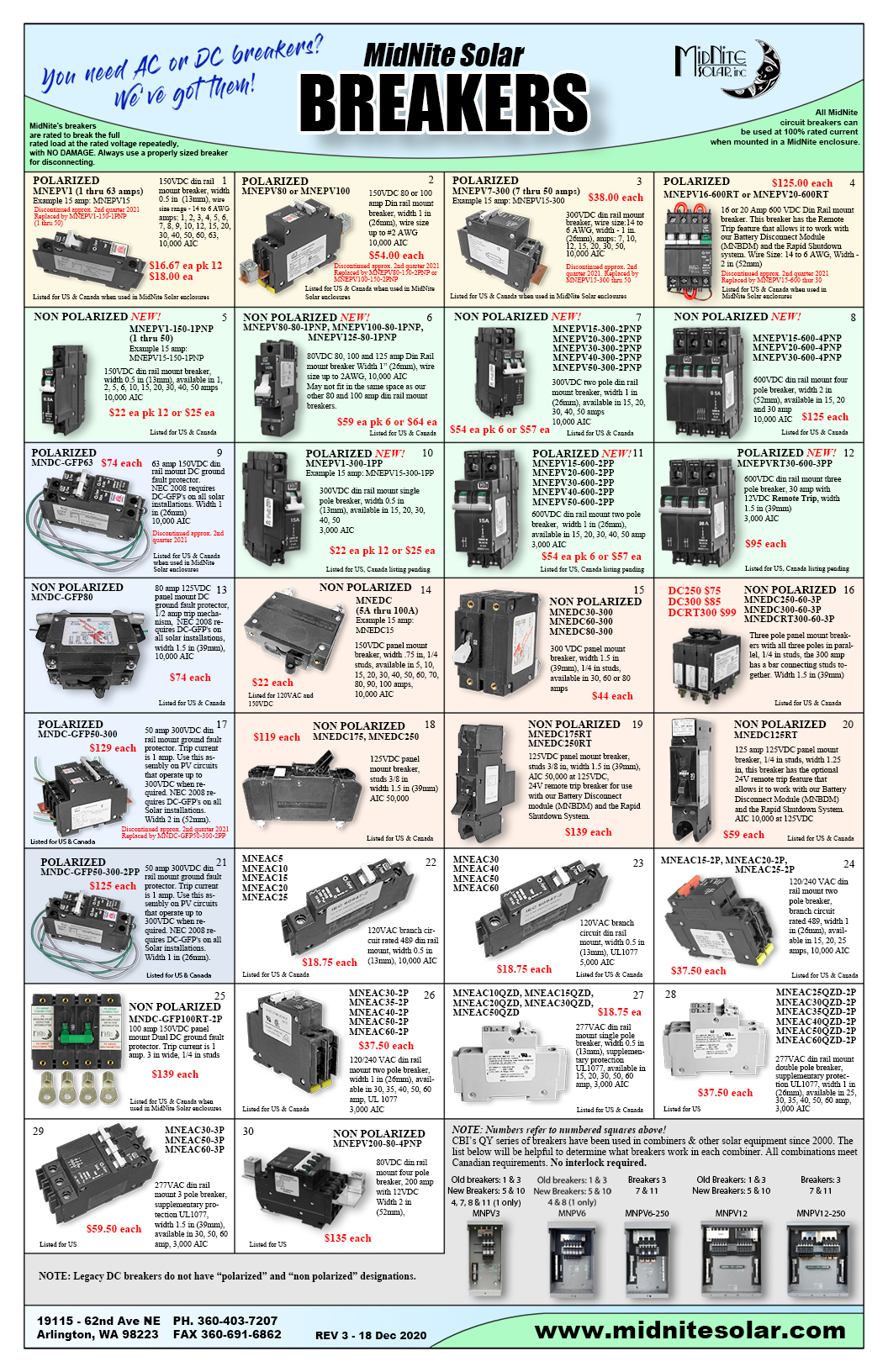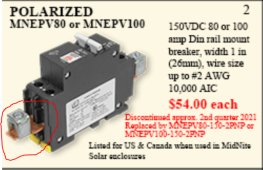Hi Guys,
Questions about Dc Breakers in Series.
Let say I have 4 DIY 12V LFP batteries and each one has its own DC Breaker rated to 24V 63A.
If I decide to series connect them Together, i’ll get 48 V bank.
Will I be going over each breaker’s nomival voltage of 24Volts.? since the home pack is 48v?
Questions about Dc Breakers in Series.
Let say I have 4 DIY 12V LFP batteries and each one has its own DC Breaker rated to 24V 63A.
If I decide to series connect them Together, i’ll get 48 V bank.
Will I be going over each breaker’s nomival voltage of 24Volts.? since the home pack is 48v?






